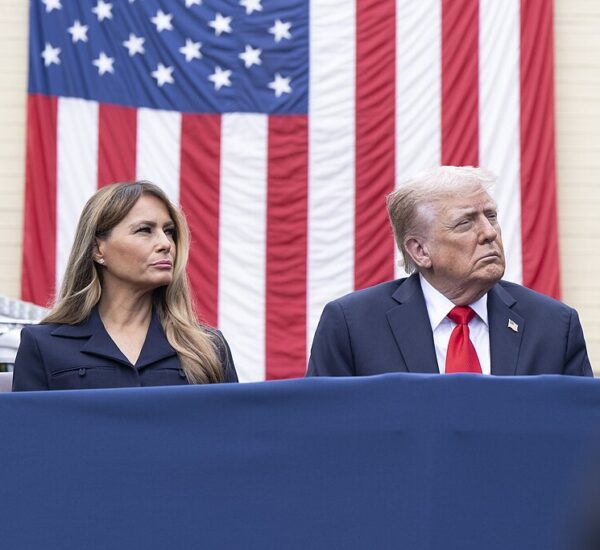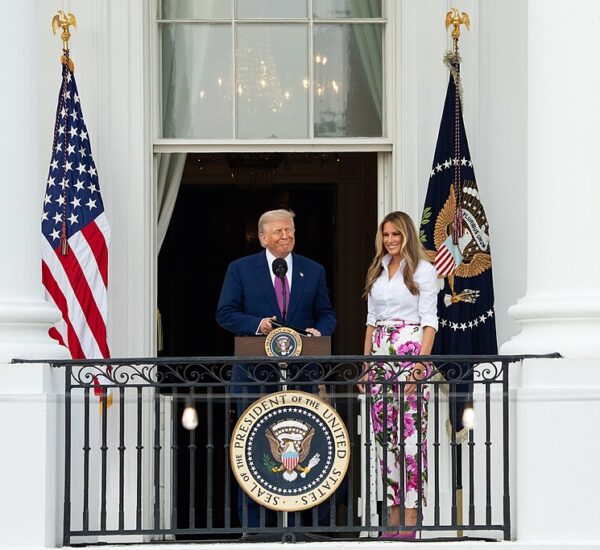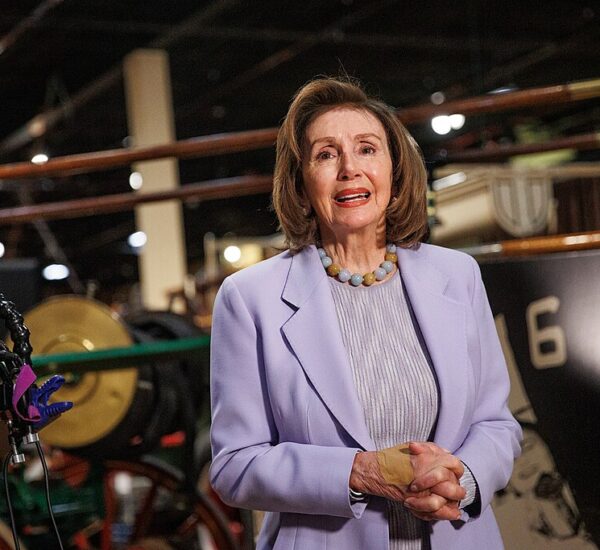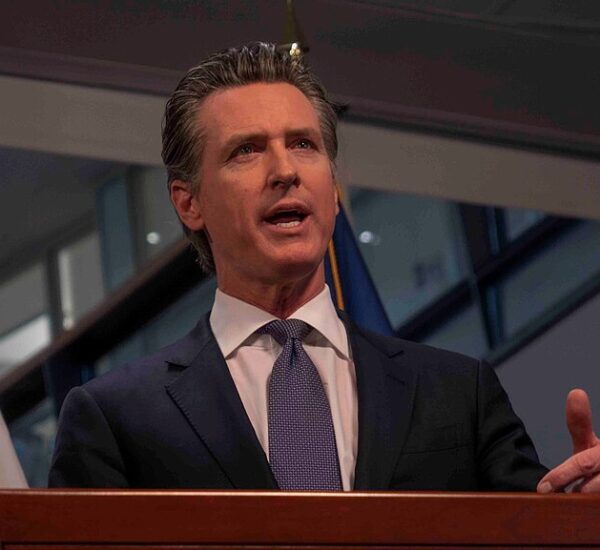Trump Goal Of Expanding The U.S.
As President-elect Donald Trump gears up for his second term, his bold and often provocative rhetoric has sparked both excitement and concern. A key question emerging from his statements is whether his words should be taken literally or just as strategic bluster. Trump’s tough stance on issues like foreign policy, trade, and territorial ambitions is not new, but the intensity and scope of his rhetoric have escalated, signaling a potential shift toward more assertive, even imperialist policies.
In a recent press conference, Trump raised eyebrows by suggesting that he might use military force to secure Greenland and the Panama Canal. He also declared that the U.S. and Canada should merge, dismissing the border as an “artificial line.” These comments seem to reflect his well-known approach of using blunt forceful language as leverage in negotiations. While it is highly unlikely that Trump would actually use military action against NATO ally Denmark to seize Greenland, his remarks nonetheless make a powerful statement about his vision for American dominance and global influence.
Trump’s threats of high tariffs on Denmark to wrest Greenland from its control, combined with his ongoing verbal assaults on Canada, indicate that his second term may see a more aggressive approach to diplomacy. His calls to renegotiate NAFTA—now the USMCA—are aimed at bringing Canada to heel on trade issues. At the same time, his bombastic approach to renaming the Gulf of Mexico the “Gulf of America” reflects a broader theme of American exceptionalism that resonates deeply with his base.
Trump’s remarks are also likely aimed at rallying his supporters, many of whom admire his unapologetic nationalism and desire for a stronger America on the world stage. His back-and-forth with foreign leaders—whether dismissing Canadian Prime Minister Justin Trudeau’s rejection of his “51st state” idea or dismissing the Danish Prime Minister’s refusal to sell Greenland—only serves to amplify his image as a leader who won’t back down from a challenge.
On the other hand, Trump’s foreign policy posturing isn’t all about territorial expansion. Reports indicate that his team is already opening communication channels with China, signaling a potential shift in U.S.-China relations. After a contentious first term marked by trade wars and a confrontational stance on issues like TikTok and the origins of COVID-19, this diplomatic outreach could hint at a softer approach to Beijing in his second term.
Back home, Trump is focusing on strengthening his ties with Republican lawmakers. He recently met with House Republicans at his Mar-a-Lago residence and is working closely with new Senate Majority Leader John Thune. With his team increasingly populated by former aides, including former White House Deputy Chief of Staff Nick Luna, Trump is setting the stage for a more coordinated and strategic second term. These appointments and behind-the-scenes work suggest that Trump is serious about avoiding the missteps that hindered his first term, particularly with healthcare and other key policy initiatives.
While many of his international proposals may seem far-fetched, they reflect the broader vision of American power and influence that Trump wants to project. His supporters relish this tough-talk approach, which they believe stands in stark contrast to the weakness they associate with previous administrations. Whether his rhetoric translates into action remains to be seen, but one thing is clear: Trump is ready to push the boundaries of what’s possible to advance his America-first agenda.






